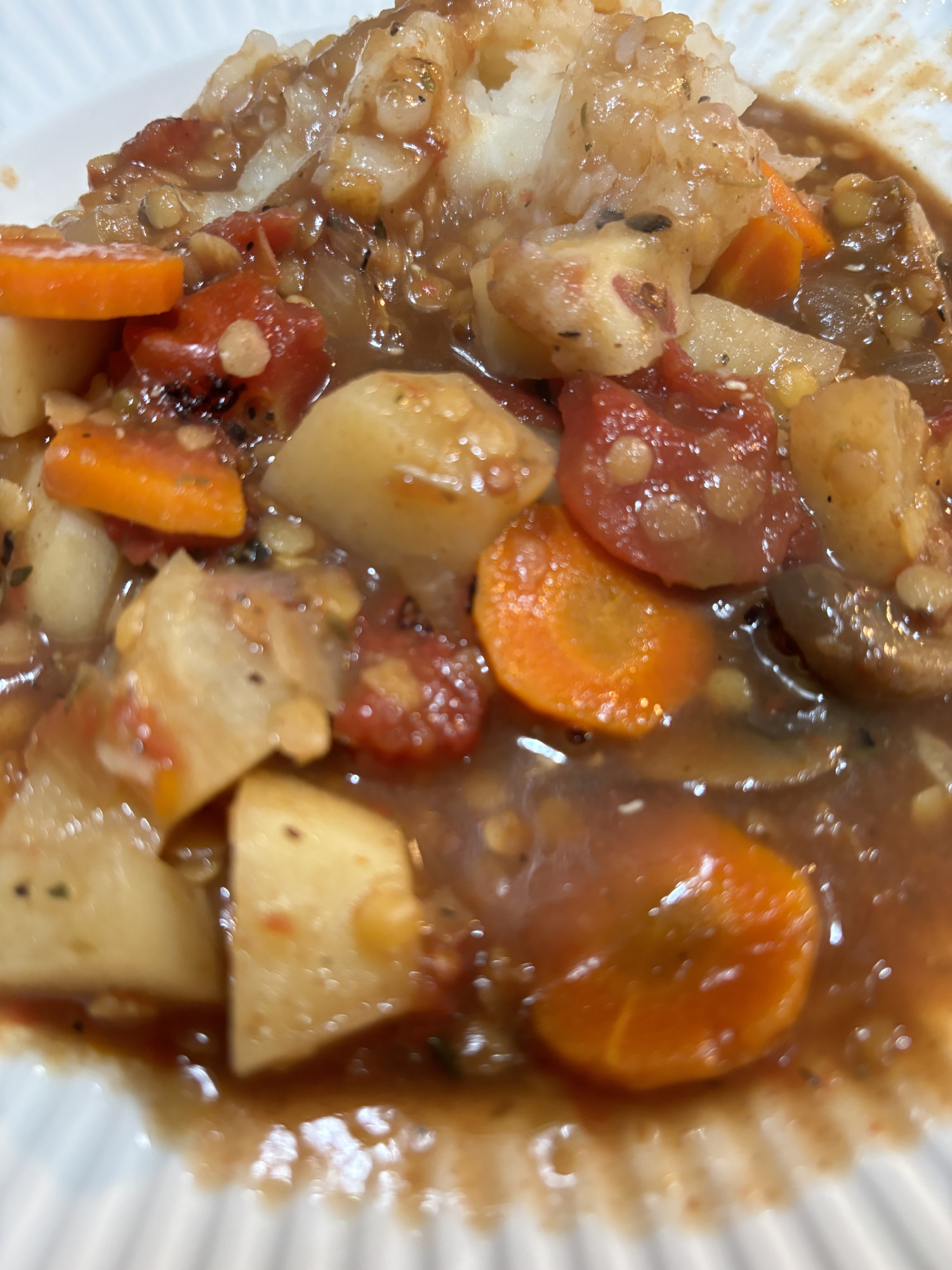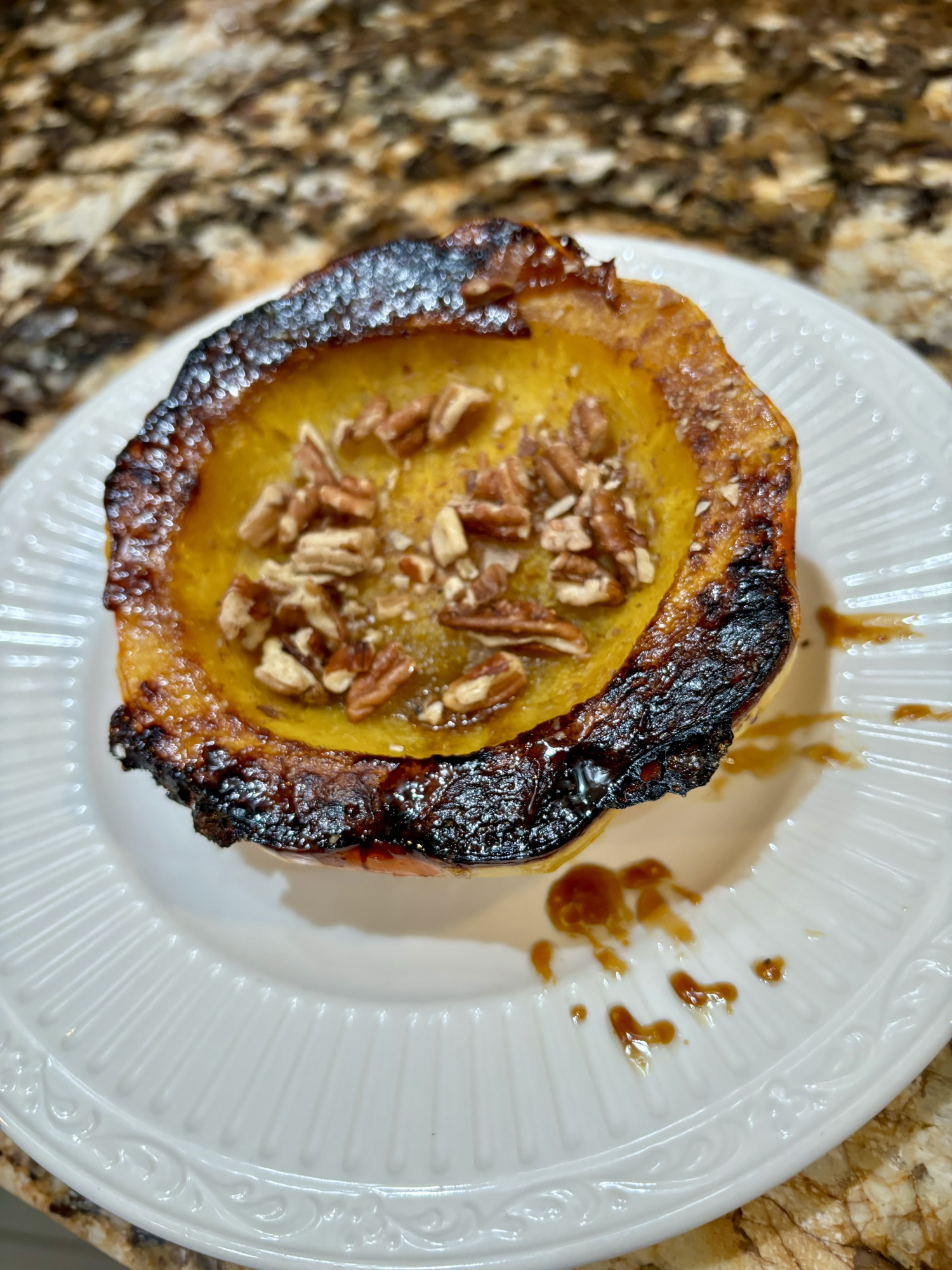
Your Wellness Lifestyle Starts Here
What you eat has a profound impact on your health and your diet is one of the most controllable aspects of your health status. You can decide what you are going to eat every day. The average adult human consumes one ton of food every year – an astounding amount – and it is impossible to make the argument that this amount of food does not have an impact on your health. The effect can be either positive or negative depending on the choices you make.
New research from Johns Hopkins Children’s Center shows that a phytochemical in broccoli and other cruciferous vegetables called sulforaphane can have a powerful effect on fighting viruses like the common cold and COVID-19.
Giving 30 mg of sulforaphane per kg of body weight to mice before infecting them with SARS-CoV-2 decreased the loss of body weight typically experienced by COVID-19 patients. Pre-treatment with sulforaphane also decreased viral load in the lungs and upper respiratory tract and resulted in a 29% decrease in injury to lung tissue as compared to mice who were not given the phytochemical. Additionally, sulforaphane decreased inflammation in the lungs and protected cells against the hyperactive immune response that has proven to be both common and fatal for many patients.
Sulforaphane has already been proven to have powerful anti-cancer properties, so these results are not surprising.
While you might be tempted to purchase a sulforaphane supplement, I’ve always advised that it’s best to eat the whole plant food because whole foods are more powerful. For example, cruciferous vegetables, which include not only broccoli but also arugula, Bok choy, cabbage, Brussel sprouts, and cauliflower, contain lots of powerful nutrients such as carotenoids, indoles, glucosinolates and isothiocyanates.
The same is true of all other plant foods – they are packed with protective nutrients that will not only reduce the risk of colds and flu – but also the risk of heart disease and cancer, which remain the leading killers.
You might have heard me say it before, but it is the whole of your diet and lifestyle, it is the breadth of what you eat and do on a daily basis. One note does not make a symphony. The temptation is to take a multitude of supplements because you are not eating enough fruit and vegetables. Supplements have role, but on a needed basis, such as Elderberry syrup if you feel a cold coming on, or a good probiotic for gut health. "Nutrient supplements do not prevent disease because when isolated from their whole food context, their biological properties may be substantially different or even opposite than expected." (T. Colin Campbell, PhD.) I will be having a class on supplement use in the future.
Diet quality is based on the foods you eat, not transient nutrient levels which usually have little to do with health status.
During the holiday season, we all express gratitude for our blessings, family and friends. Let's also place value on and be grateful for our health and take care of our bodies. Remember – an ounce of prevention is worth a pound of cure. Eat your vegetables!
If you are local, I hope to see you on Thursday, December 14 at the Epochary Inn. I will have Elderberry Syrup, probiotics, and the Wellness Forum Health smoothie mix available for purchase.
New recipes have been added on the recipe blog, so check them out!
Liz Fattore
Nurture Your Health
Licensed Food Over Medicine Professional
Wellness Forum Health
roasted butternut squash bisque

This Butternut Squash Bisque is thick and creamy, thanks to the addition of cashews. If you don't want the added fat of the cashews (12 grams of fat per ounce), you can skip them. The key is to soak them in hot water for at least an hour. I used 2 medium sized squash for this recipe.
Ingredients
- 2 medium butternut or honeynut squash
- 1 onion
- 4-5 cloves of garlic
- 1-2 cups vegetable broth
- Salt & pepper to taste
- 1 teaspoon dried thyme
- 1 teaspoon dried sage
- 1 can cannellini beans, drained.
- 1/2 cup soaked cashews
Instructions
Preheat oven to 350 degrees. Cut the squash in half and scoop out seeds. Cut the onion into quarters. Peel the garlic cloves and leave them whole. Place the squash cut side down on a parchment paper lined baking sheet. If I have fresh thyme and rosemary, I usually place a few stems under the squash. It makes the kitchen smell delicious. Place the onions and garlic alongside the squash and roast together until the squash is fork tender. Usually around 30-40 minutes. Remove the squash and let cool until it's comfortable to the touch. Scoop out the squash into a high-speed blender, add the roasted onions and garlic, cashews and cannellini beans. Add about 3/4 cup of the veggie broth. Puree on high until the mixture is thick and creamy. If it is too thick for your taste, add more vegetable broth. Once the mixture is pureed, pour into a sauce pot, add the herbs, salt and pepper, and more broth if needed. Heat and stir for about 15 minutes on medium heat. Should yield about 4-5 servings. Top with pumpkin or sunflower seeds!
P.S. I had a little left over the next day and added it to some rice. It was delicious!
Mushroom Stew

Here is a hearty stew to warm you during the colder months.
Ingredients
- 1 yellow onion, diced
- 1 cup carrots, sliced
- 1 cup celery, sliced
- Salt & Pepper to taste
- 1 lb mushrooms, cleaned and sliced
- 6 garlic cloves, thinly sliced
- 2 tsp thyme
- 1 tsp oregano
- 1/2 tsp sage
- 2 Tbsp flour
- 1/4 cup balsamic vinegar
- 2 Tbsp soy sauce or Tamari
- 1 lb potatoes, cubed
- 1 cup split red lentils, uncooked
- 1 (15 oz can) tomato sauce or diced tomatoes
- 3 cups vegetable broth
- 2 bay leaves
- parsley for garnish (optional
Heat stock pot and add onions, carrot, celery and a couple pinches of salt and pepper. Cook 8 minutes, stirring frequently. No need to add oil as the onion will add moisture. Add mushrooms, garlic, thyme, oregano and sage. Cook 3-4 minutes, stirring frequently. Add flour, cook and stir for 1 minute. Deglaze with the balsamic vinegar and soy sauce. Add potatoes, lentils, tomato sauce, broth and bay leaves. Cook to just below boiling over medium-high heat, stirring occasionally. Reduce heat, and simmer 15-20 minutes or until potatoes are tender. Season with salt and pepper. Remove bay leaves. Makes 6 servings.
Want to make it heartier? Serve with a dollop of mashed potatoes! Comfort food at its best!
Recipe courtesy of Midwest Foodie Blog
roasted acorn squash

I saw a picture of this recipe and I could not wait to try it. I had a Carnival Squash on hand, which is a hybrid of an Acorn Squash and about the same size. It's the one with the creamy skin and stripes and has a nutty and sweet taste when roasted. So, let's make it sweeter and have it for dessert!
The measurements and instructions are for one squash.
Preheat your oven to 400 degrees. Cut the squash in half and scoop out the seeds. Place the squash cut side down on parchment paper. You can brush a bit of olive oil on the cut size. Roast about 30-35 minutes until tender. As you can see by the picture, I roasted a little longer. It looks burnt, but it was caramelized. If roasting more than one squash, add to the roasting time. Remove from oven and flip over when cooled a bit.
Melt a heaping tablespoon of a plant-based butter, add a heaping tablespoon of brown sugar, 1-2 tablespoons of pure maple syrup, (please don't use the high fructose corn syrup brands!), and a few dashes each of cinnamon and nutmeg. Mix this together and drizzle over the squash halves. Top with some chopped pecans. Roast for another 10 minutes.
Enjoy!


Wellness Forum Health (the company that I represent) held our annual conference last weekend. One of my favorite speakers, fellow member and therapist is Kylea Rorabaugh, MA, PLPC. Her talk was titled "Finding Stillness in a World that Won't Stop." Stillness is essential for our mental, emotional, spiritual, and physical wellbeing.
If you are like me, you find it difficult to find stillness. We (especially women) find it necessary to continually overextend ourselves, as if it will earn us an award. We all need to focus on a day of rest. In Dan Buettner's research on the Seventh Day Adventists, he found that they all were committed to taking a day of rest. On average, they live 10 years longer than the average American.
How can we be intentional about taking that one day a week of rest, of finding intentional stillness?
Consider your "diet": What are you putting in your mind on a consistent basis? Did you know that the Poison Dart Frog is not actually poisonous? They eat deadly and poisonous insects, ingesting the poison so that they become poison themselves. Are you reading every news article, watching every news station? We can choose how much chaos to ingest and how much stillness to consume. Watch your mental diet. We still need to be aware of what is going on in the world, but not to consume all of the poison content.
Embrace boredom: If you are sitting around in a waiting room, or standing in a long line, be intentional, make eye contact, listen to conversations around you, smile, people watch, observe. By doing this, you are grabbing hold of your boredom, giving it the hug it deserves, and welcoming it to stand right next to you as an ally.
Put down the distractions: Is it possible that, as a society, we have a disturbing obsession with entertainment? And with the compelling draw toward action, speed, and extreme stimulation, could it be that the concept of stillness is so foreign that we will miss something? What if we miss listening, discovering, engaging? We allow the deafening sounds of the modern world to drown out the whispers of the things that really matter. If we don't put down our distractions, how will we ever know if we are missing something? What if we intentionally filled those moments with something purposeful instead of something mindless?
Find your dam: What if we slowed our pace, what if we stopped the hurriedness of our moments? It's easy to miss our dam, or to never discover and experience them in the first place. Sometimes the things that are the hardest for us to embrace are the very things that are most important for us to cling to. Do you have a dam? A place to go to be still, and savor, and rest, and laugh?
Rediscover delight: We miss simple delight in this day and age. What might it look like to rediscover delight in your life, now, in real time, as an adult? What would it be? Do you have any delight in your life? Norman Wirzba said "When you are in the throes of entertainment, are you generally thinking that you are having a good time? Do we settle for being amused?"
Disconnecting from traditional productivity: In our culture, busyness and productivity are worshipped. But sometimes productivity gets in the way of living our life to the fullest. Or sometimes we miss out on joy filled living. What we do in that stillness may differ. But it's not so much about what we do per se but rather about what it does in us.
Being still enough to stick like Velcro: Author and psychologist Rick Hansen puts it this way: "The brain is like Velcro for negative experiences but Teflon for positive experiences. In other words, the goodness of life has the tendency to slip away as opposed to the negative which clings to our mental framework. But if we are harried and hurried every moment of the day, it's awfully hard to acknowledge or grab hold of these things. What if stillness is the key to us taking the time to pause, acknowledge and embrace the goodness that surrounds us. And when we absorb all of that goodness, we reverse roles, and our goodness gets Velcro-ed and our difficulties get Teflon-ed.
The world won't ever stop, but we can: What would you add to your vision of stillness? Likewise, what would you remove from that space? Determine your environment and your mindset: where would your thoughts be situated? What would it take to implement a position of stillness with intent, consistency, and commitment? Long for stillness and embrace it. We can choose to stop. It's not so much about what you do in your stillness but rather what you allow the stillness to do within you.
Liz Fattore
Nurture Your Health
Licensed Food Over Medicine Professional
Wellness Forum Health




